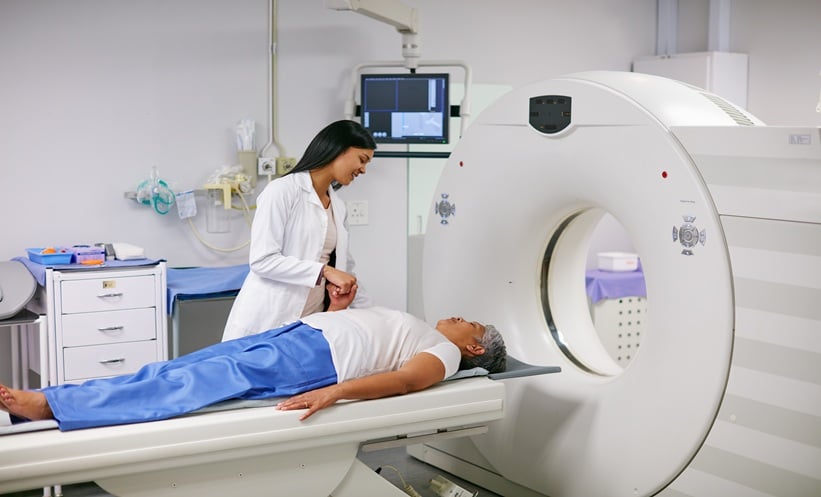The field of urologic surgery is undergoing a significant transformation with the emergence of novel robotic systems, including multi-port, single-port, and modular platforms. These advanced systems are gaining traction both as additions to centres already equipped with Da Vinci systems and as standalone alternatives to traditional laparoscopy or open surgery. Their adoption is driven by lower costs, increased competition, and the promise of improved surgical outcomes.
Innovations such as open ergonomic consoles, modular robotic arms, and haptic feedback are enhancing communication and flexibility in the operating theatre. Single-port systems, such as the Da Vinci SP, are paving the way for less invasive and more region-specific approaches, like transvesical radical prostatectomy. These developments are extending surgical possibilities, particularly for patients with complex histories.
This systematic review evaluated early clinical outcomes associated with these new systems. While results varied, most platforms demonstrated acceptable perioperative outcomes, despite being at the beginning of their learning curve. Operative times, blood loss, and complication rates differed across platforms, highlighting the importance of system-specific considerations. Notably, some platforms, such as Kang-DUO and Hinotori, showed strong results in specific procedures, suggesting potential advantages over more established systems in certain contexts.
However, challenges remain. Positive surgical margin rates were higher in some platforms, possibly due to less selective patient inclusion or learning curve effects. In addition, the underreporting of key functional outcomes and limited sample sizes for newer systems restrict broader conclusions.
From an economic standpoint, emerging systems show promise in reducing procedural costs, though variability in institutional contracts and pricing complicates comparisons. Future research should focus on larger, prospective studies to clarify the clinical and economic benefits of these technologies.
Despite limitations, this review offers a foundational overview of the capabilities and challenges of next-generation robotic systems, guiding centres looking to expand their robotic surgery options.
Reference
Andras I et al. Systematic review and clinical outcomes of new robotic systems in urology. Int Braz J Urol. 2025;51(4):e20250007.







